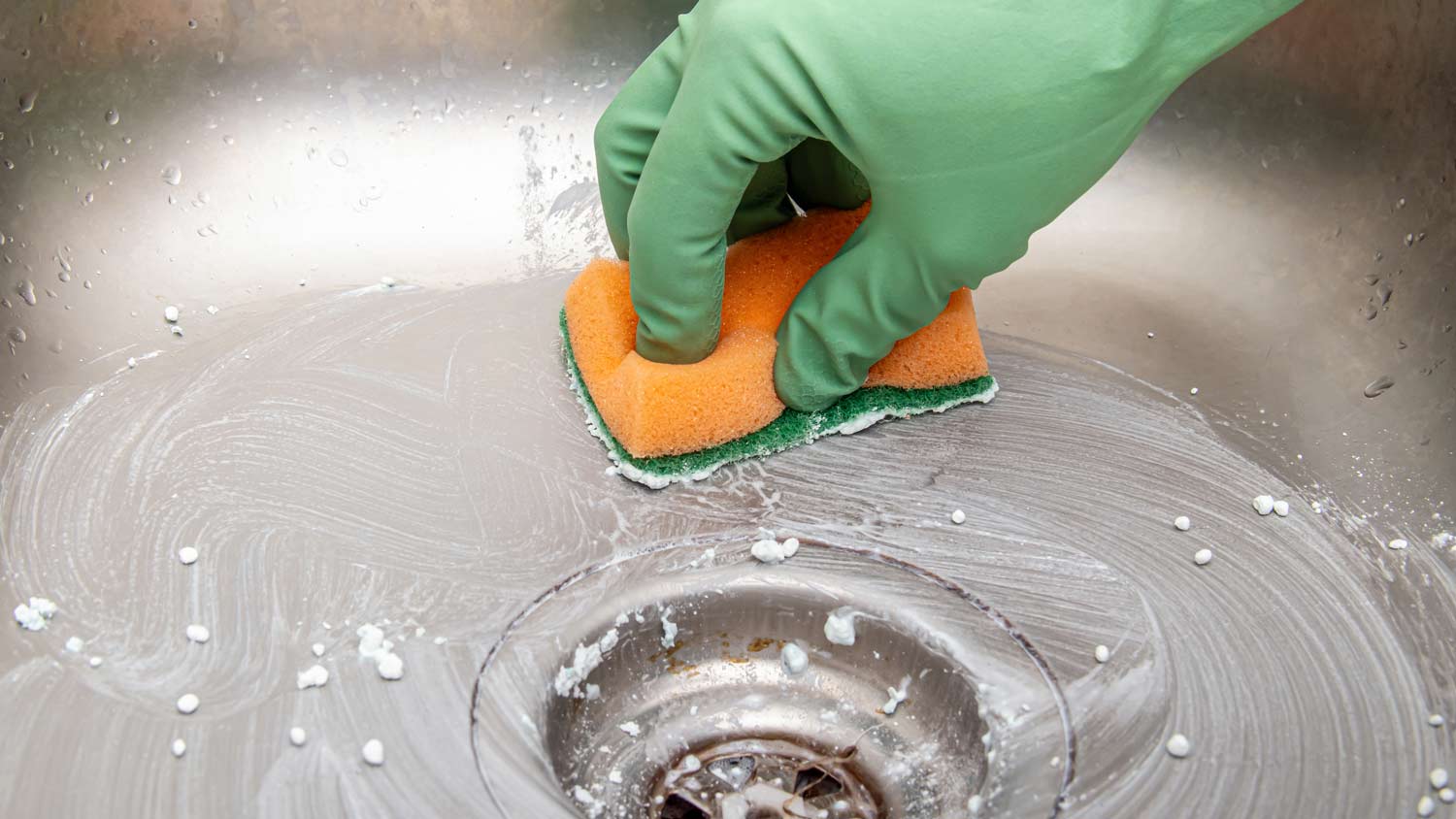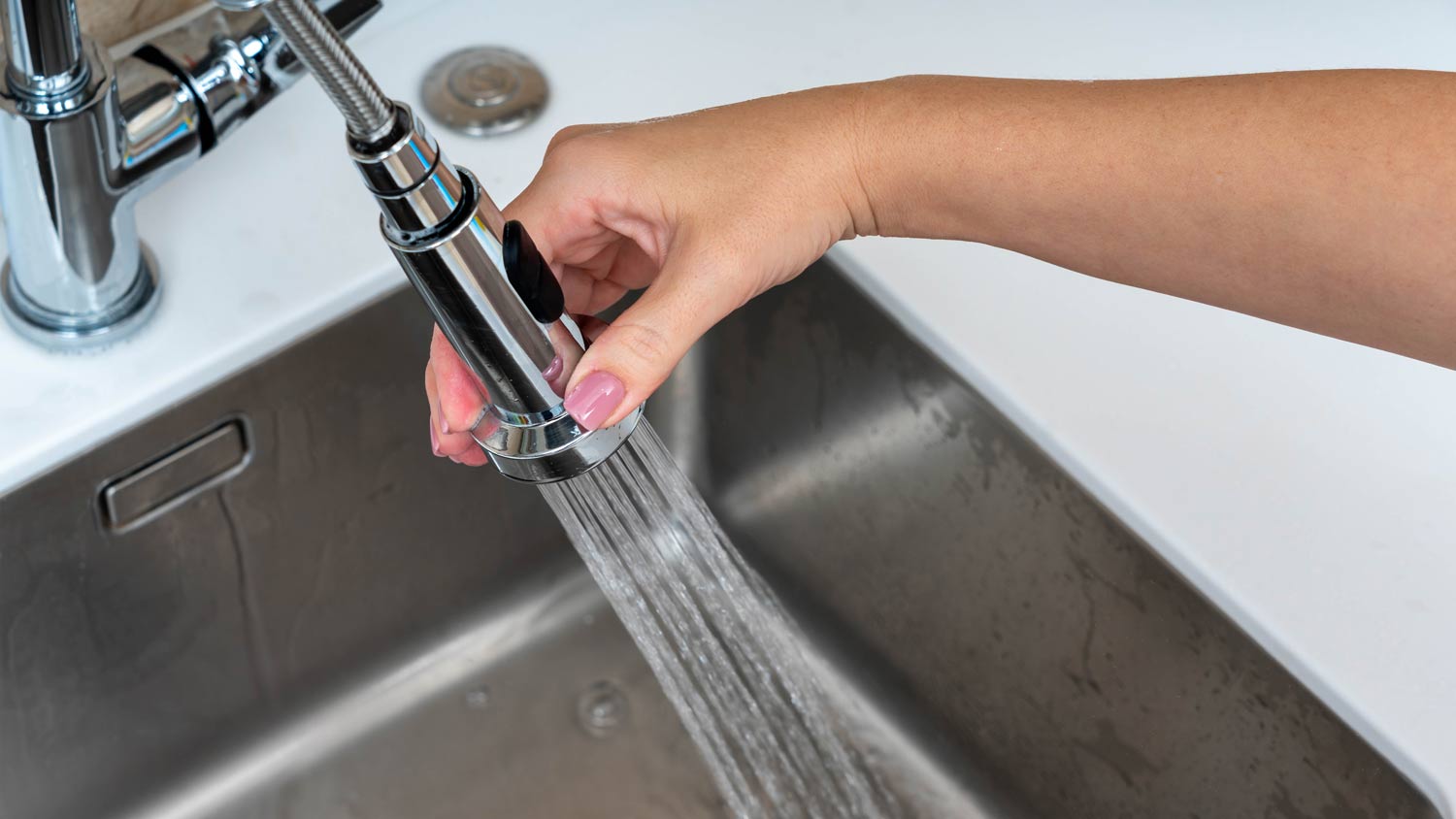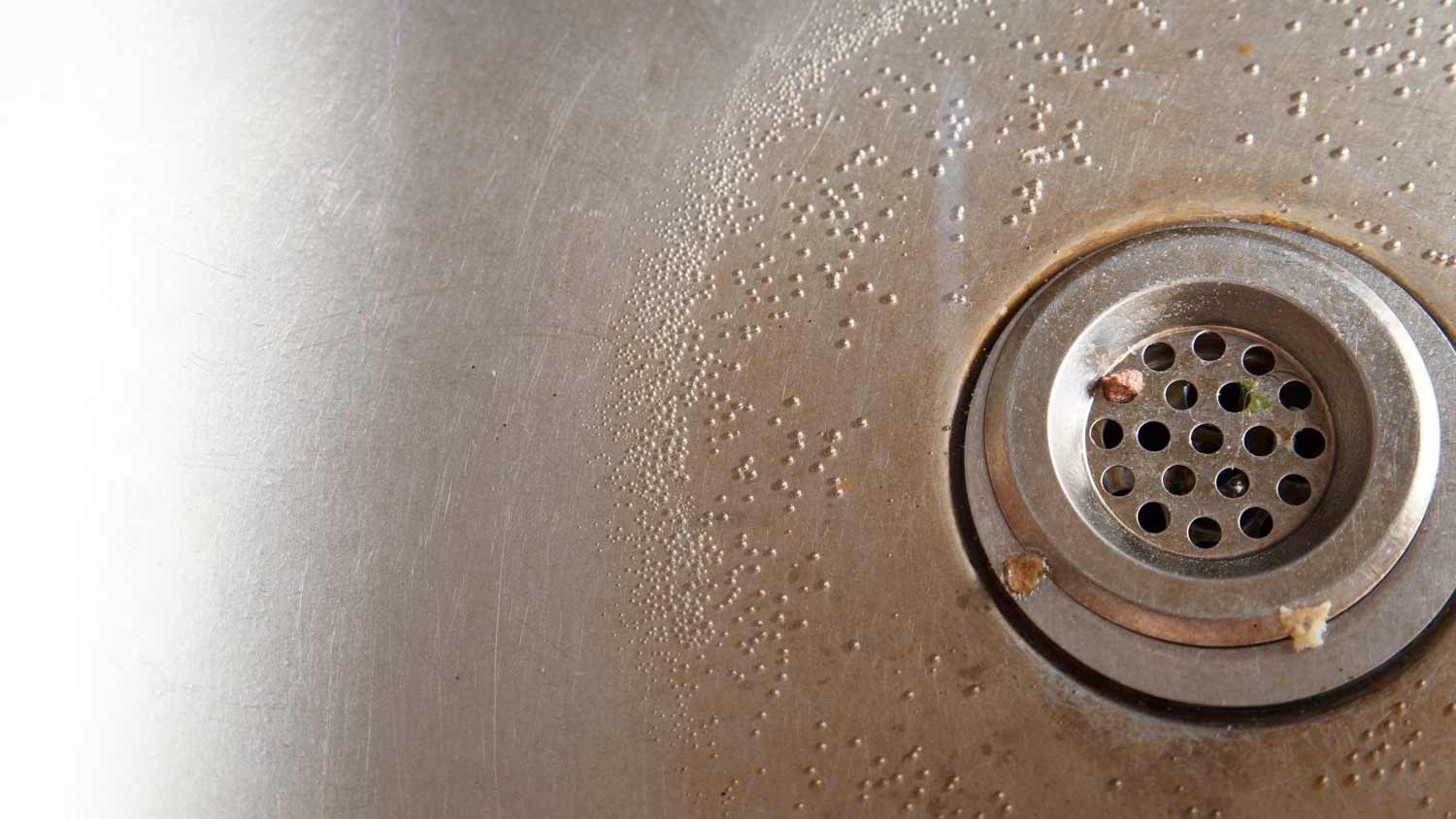
Call in the professionals when your delicate drapes need a deep clean. Let's take a look at drapery cleaning costs and which factors can sway the price tag.
Don’t let your dreams of a pristine kitchen rust away: Corrosion has some common culprits


Metal cookware or utensils can cause rust.
Rust can also be the result of water with a high iron or chlorine content.
Rust can appear if you damage the sink’s protective layer.
Clean rust with a gentle oxalic acid cleaner; avoid harsh chemicals like bleach.
Distilled vinegar, lemon juice, and baking soda are great DIY cleaners for rust.
Stainless steel sinks aren’t supposed to rust, right? After all, stainless is in the name. Unfortunately, that’s a common misconception. These sinks may be extremely resistant to rust, but they’re not totally immune. Thankfully, corrosion usually has less to do with your sink and more to do with how you use it. So, why is your brand new stainless steel sink rusting? Here are some possible culprits—and how to fix it.

Most of the time, rust in your stainless steel sink isn’t actually from your sink. It’s residue from metal cookware (think: cast iron skillets, baking sheets, and utensils). When metal cookware sits in your sink, the iron in the cookware can oxidize—or rust—in standing water. When those water droplets dry, you’ll notice rust on your sink.
To get rid of the rust, scrub it with a gentle cleaner that contains oxalic acid or a DIY rust remover like distilled vinegar, lemon juice, or a paste made from three parts baking soda and one part water. Once you remove the rust, make sure you clean, rinse, and dry your sink regularly.
Like metal cookware, metal sponges or brushes can oxidize and leave rust in your sink. You should never use these products to clean your sink because they’re too abrasive, but you can use them to clean certain types of cookware.
You can remove the rust with a DIY cleaner or an oxalic acid cleaner. Scrub gently with a soft bristle brush until the residue lifts. To prevent further rust, keep metal sponges and brushes out of the sink as they’re drying.
Stainless steel sinks have a protective layer of chromium oxide on the surface. This layer can naturally wear down over time, but if your sink is new, rust could be a sign of accidental damage. Aggressive cleaning, harsh chemicals, and metal utensils or sponges can all damage the coating, leading to rust.
You can restore your sink’s finish by removing the rust and using a stainless steel scratch remover. This comes as a polish or paste. The chromium oxide layer should naturally regenerate, but you can apply an additional protective coating.

Tap water can contain chlorine and iron. If there are high levels in the water supply, you may notice rust in your sink. This will present as streaks of rust in the direction water runs down the drain.
To prevent rust from chlorine or iron in your tap water, hire a plumber to install a reverse osmosis or activated carbon filter under your stainless steel sink.

If you notice rust on your sink that you can’t remove with gentle cleaners, it’s time to call a house cleaning service near you. Professional cleaners will know the best ways to remove rust from stainless steel. They’ll also have professional cleaning products you won’t typically find under your kitchen sink. This can help kick the most stubborn of stains.
The best way to get rid of rust on your stainless steel sink is to prevent it altogether. Proper maintenance is the key. Follow these steps:
Don’t use metal sponges or abrasive scrubbers to clean your sink.
Avoid harsh chemicals like bleach and other chlorine-based cleaners.
Avoid leaving metal pots, pans, utensils, or tools in your sink.
Regularly clean, rinse, and dry your sink to prevent oxidation.
Remove food debris (especially salt) promptly.
Don’t leave wet items on the surface of your sink.
Add a protective coating to your sink.
From average costs to expert advice, get all the answers you need to get your job done.

Call in the professionals when your delicate drapes need a deep clean. Let's take a look at drapery cleaning costs and which factors can sway the price tag.

Tile and grout cleaning brings your tiled rooms back to life. In this guide, find out the details of how much it costs to hire tile and grout cleaners.

Discover the average kitchen hood cleaning cost, what impacts pricing, and how to budget for this essential maintenance. Get tips to save and keep your kitchen safe.

Steam mopping your floors is a quick and easy way to transform a dirty room. This helpful guide will teach you how to use a steam mop properly.

Holiday chores can be tricky to tackle before company arrives. Here’s your ultimate holiday cleaning checklist to get everything done.

Steam is an effective cleaning method for many surfaces, but can you steam kitchen cabinets? We’ve done the research to find out.